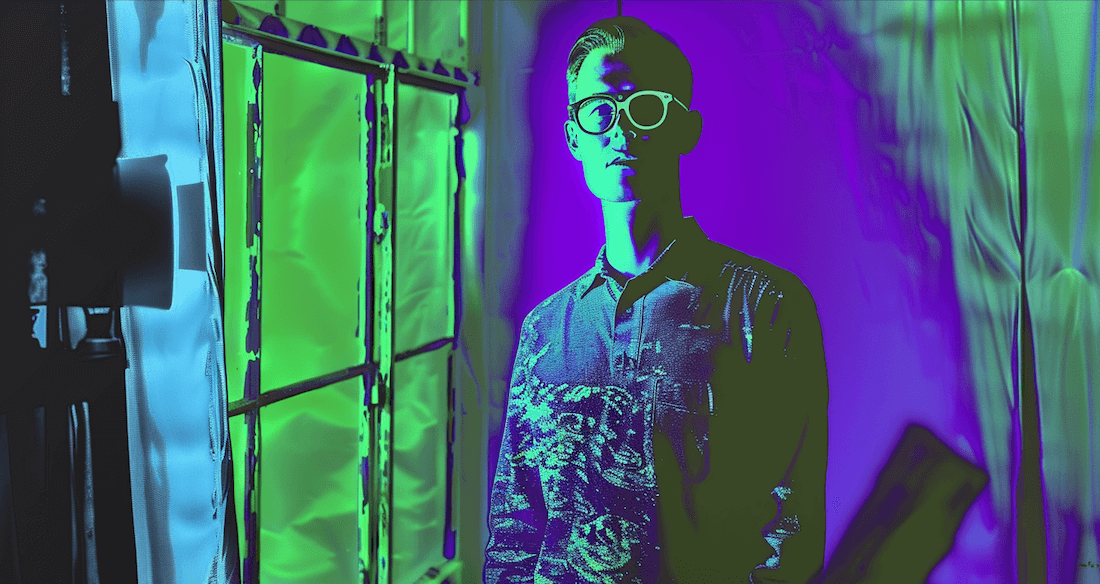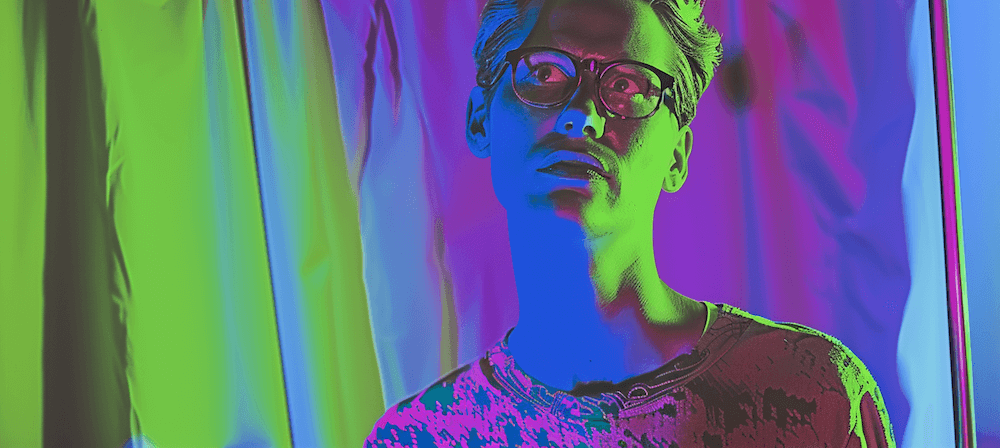In the ever-evolving landscape of filmmaking, the integration of false color has emerged as a pivotal tool, transforming the way directors and cinematographers visualize and convey narratives. This innovative technique, rooted deeply in the post-production process, serves not only as a bridge between the technical aspects of exposure and the artistic vision of the film but also enhances the emotional depth and thematic resonance of a story.
At its core, false color is a post-production technique used to represent a range of values in an image through the use of distinct colors. This method is instrumental in helping filmmakers accurately gauge exposure levels across a scene, ensuring that the visual output aligns with their creative intent. By mapping various luminance values to specific colors, false color provides an intuitive means to assess and adjust the exposure of an image, making it an indispensable tool in the digital cinematography toolkit.
The utility of false color extends beyond mere technical assistance; it plays a crucial role in the artistic storytelling process. Through the strategic use of color, filmmakers can emphasize certain elements within a scene, guide the audience's attention, and evoke specific emotions. This technique allows for a nuanced control over the mood and atmosphere of a film, enabling creators to craft visually compelling narratives that resonate with viewers on a deeper level.

The application of false color can significantly enhance the emotional impact of a film. By adjusting the exposure and color scheme of a scene, filmmakers can manipulate the viewer's perception and emotional response. For instance, a scene depicted with cooler tones might evoke feelings of isolation or melancholy, while warmer hues can convey comfort and intimacy. This subtle yet powerful manipulation of visual elements through false color amplifies the emotional depth of the storytelling, making the cinematic experience more immersive and affecting.
Furthermore, false color can be strategically employed to reinforce the thematic elements of a story. By selecting specific colors to highlight or downplay certain aspects of a scene, filmmakers can underscore the underlying themes and motifs of their narrative. This technique serves as a visual shorthand, enabling audiences to intuitively grasp complex ideas and connections within the story. Whether it's delineating between reality and fantasy, illustrating character growth, or emphasizing the moral dichotomies at play, false color adds a layer of visual symbolism that enriches the narrative.
Implementing false color in filmmaking requires a nuanced understanding of both the technical aspects of digital imaging and the creative goals of the project. Cinematographers and colorists must collaborate closely, balancing the technical constraints of the medium with the artistic vision of the director. This collaboration is critical in ensuring that the use of false color serves the narrative effectively, enhancing the visual storytelling without overshadowing the content.
The application of false color in filmmaking relies heavily on a suite of sophisticated tools and techniques, each designed to offer filmmakers granular control over the visual aspects of their projects. These tools range from advanced software plugins compatible with popular editing platforms like Adobe Premiere Pro, Final Cut Pro, and DaVinci Resolve, to in-camera features that allow cinematographers to apply false color overlays in real-time during shooting. Software solutions often provide a more detailed analysis of the image, enabling colorists and editors to meticulously adjust exposure levels and color balance in post-production. They can apply false color to raw footage, interpreting the data to visualize luminance and color information in a way that directly informs the grading process. This post-production stage is crucial for achieving the desired emotional tone and visual style of the film.

In contrast, in-camera false color tools are indispensable during the shooting phase, especially in challenging lighting conditions. These tools provide immediate visual feedback to the cinematographer, displaying a false color overlay on the camera's monitor that highlights exposure levels across the scene. By using this real-time data, cinematographers can make on-the-spot adjustments to lighting and camera settings, ensuring that the footage aligns with the director's vision right from the start. This immediacy helps in minimizing the need for extensive post-production corrections, saving time and resources while maintaining the integrity of the visual narrative.
Furthermore, the advent of portable monitoring tools equipped with false color functionality has revolutionized on-set workflows. These devices, which can be attached to cameras or used standalone, offer additional flexibility for directors and cinematographers to monitor exposure levels closely, even in the most dynamic shooting environments. By leveraging these portable monitors, filmmaking teams can ensure consistent exposure and visual coherence across different shots and scenes, enhancing the overall aesthetic quality of the film.
In addition to hardware and software tools, the technique of applying false color involves a deep understanding of color theory and visual storytelling principles. Filmmakers must decide which luminance values to associate with specific colors, based on the emotional and thematic requirements of the scene. This decision-making process is guided by the narrative context and the desired visual impact, requiring a delicate balance between artistic intuition and technical expertise.
The combination of these tools and techniques forms the backbone of false color application in filmmaking, allowing creators to push the boundaries of visual storytelling. With advancements in technology and a growing emphasis on visual innovation, the role of false color in filmmaking is set to expand, offering new avenues for filmmakers to explore the emotional and thematic potential of their narratives through color.
The integration of false color in filmmaking represents a convergence of technical innovation and artistic expression. This technique offers filmmakers a powerful means to visualize and manipulate exposure, enriching the visual language of cinema. Through the strategic use of false color, creators can enhance the emotional and thematic depth of their narratives, crafting films that resonate with audiences on a profound level. As the digital landscape continues to evolve, the application of false color in filmmaking will undoubtedly expand, offering new possibilities for visual storytelling.

CINEMA LUTS PRO+
Turn your footage into cinematic masterpieces with our 1-Click solution LUTs. Over 30 handcrafted presets are waiting for you!
Free Tools
LUT Converter (65 to 33)
© cinema-luts.com
Imprint - Privacy Policy - Cookies - EAA - Blog